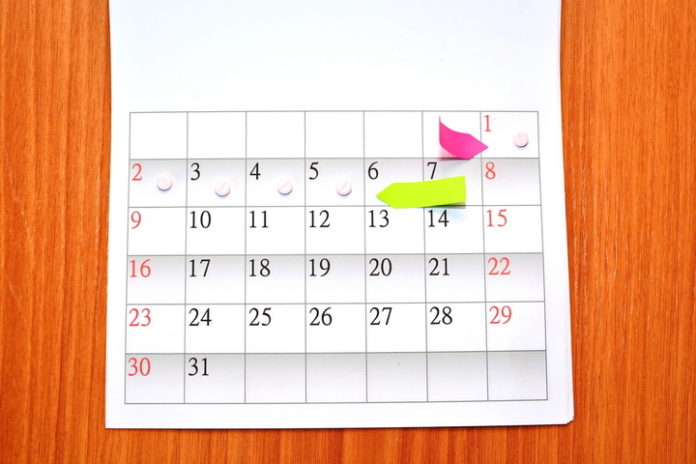Patients who use prescription opioids for more than three days are more likely to become long-term users, with a sharp increase in probability occurring after the fifth and 31st day of therapy, a second prescription or a refill, according to recent data released by the Centers for Disease Control and Prevention’s (CDC) Morbidity and Mortality Weekly Report (MMWR).
“It appears that fewer than five days of opioid therapy confers fairly low levels of chronic opioid risk and think that clinicians treating acute pain can use that as a guidepost to reduce the chances of unintended chronic opioid use,” said Bradley Martin, an author of the report and professor at the University of Arkansas for Medical Sciences College of Pharmacy.
The study gathered data from almost 1.3 million cancer-free adults who were prescribed opioids between June 2006 and September 2015. The data also included more than 33,000 patients who participated in continuous opioid therapy for at least a year.
The mean age of patients who were likely to use opioids for over a year was about 49.5. In comparison, the mean age of those who stopped opioid use within a year was 44.5.
The increased likelihood of chronic opioid use beginning on the 31st day is easier to explain, Martin said. “Most of this is due to the artifact that physicians and pharmacists tend to think of treatment in weekly or monthly terms,” he said. “There is a noticeable bump in patients prescribed 30 days of opioid therapy but fewer prescribed 31 or more days. A person who is prescribed 31 or more days is likely being intentionally transitioned to chronic opioid therapy and therefore, there is a noticeable increase in the probability of continued opioid use.”
However, the increase between the fifth and sixth day is more complicated to explain, Martin admitted.
“The increases in the probability of continued opioid use rise fairly rapidly between day three and day 11 of the opioid therapy, and then there is a more linear and consistent rise from day 12 to day 30,” he said. “I do not think there is anything magic about the fifth day of opioid therapy other than that is one of the days where we find rapid increases in the probability of continued opioid use.”
The researchers discovered that six percent of patients who participated in at least one day of opioid therapy continued to use opioids a year after; this rate increases to 13.5 percent for patients whose initial episode of opioid use continued for eight days, with a sharp increase of persistent use starting on the fifth day. The rate increased to almost 30 percent when the initial episode lasted at last 31 days.
“Opioid prescribing decisions represent a delicate balance between providing well-documented short-term analgesia for their patients versus the risks of long-term use, dependence, and possible addiction,” Martin said. “Policies that restrict access to opioid use are undoubtedly going to hinder appropriate access to opioids. You just hope that the legitimate and medically necessary reduction in access is more than offset by decreasing the adverse effects of opioids. It’s a tough balance.”
Those who engaged in continuous opioid therapy for a year were most likely to… (continue reading)
















